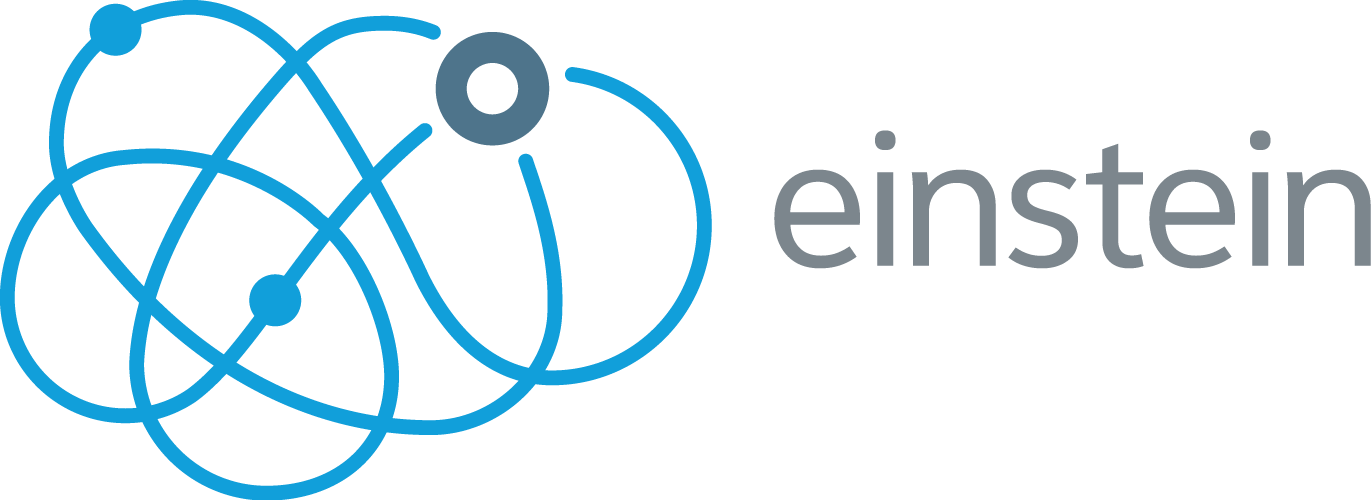Real-time personalization is when the users are provided with highly targeted content with relevant alternatives based on their (customers’) history. Using this technique, marketers can access customer interactions on online platforms. Along with information about their behaviors, marketers can also access customer demographics.
Using this loads of information, the marketers can show users directly, targeted, and relevant information related to their interests and needs. This information is dynamic and takes milliseconds to reflect on different online channels. Thus, the content is more relevant to the customers, instantly.
Real-time personalization is not limited to websites, but the information is also seen on their email platforms, and social media. Thus, it increases the convenience with which users can access information. It further helps companies nurture customers, so they become loyal customers, and bring more business.
Best practices of real-time personalization:
1. Listen to your customers
Personalization starts when you really understand your customers. For this, marketers need to focus on customer responses and reactions towards products, campaigns, their reviews apart from their browsing activities.
2. Make sure that the personalization is happening at all touchpoints
Several companies have already adopted personalization at some level. However, it is important to personalize at all touchpoints of customers’ interaction to reap maximum benefits from real-time personalization. For this, it is helpful to map their online behaviors into your systems. Having updated customer information is also very helpful; otherwise you will be misled.
3. Send out location-specific push messages
This works like a gem. Send location-specific content, including promotions and offers to individual customers. This is also immensely helpful in evaluating content performance.
4. Use deep learning tools to keep your recommendations relevant
Real-time personalization involves sending targeted communication, including recommendations to customers. This is done based on their behaviors and activity on digital platforms. To do it better, it is recommended to use predictive learning analytics tools to be more precise with the recommendations.

Predictive Leaning:
Example: Healthcare providers also use predictive analytics in a variety of ways. For example, Texas Children’s Hospital has developed a predictive model that uses information about social and psychological factors that affect patients to predict their risk of developing diabetic ketoacidosis, a dangerous complication of diabetes. This allows caregivers to identify high-risk patients and monitor them more closely. Using this model has resulted in a 30.9% reduction in repeat admissions for the complication annually.